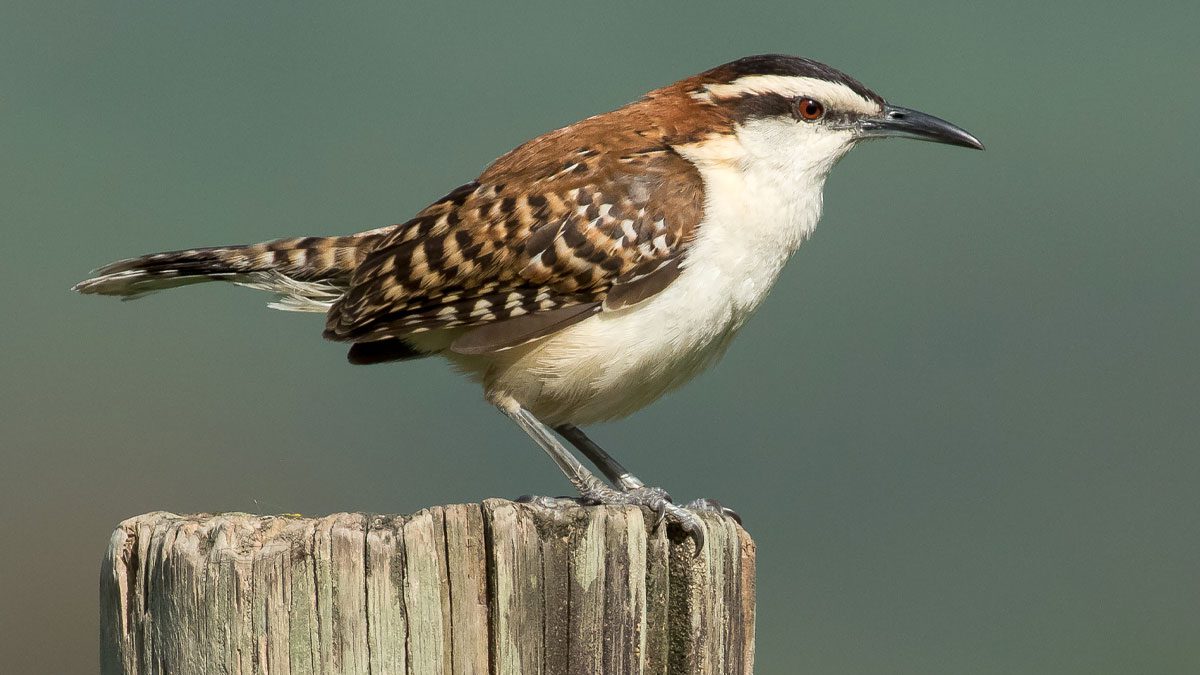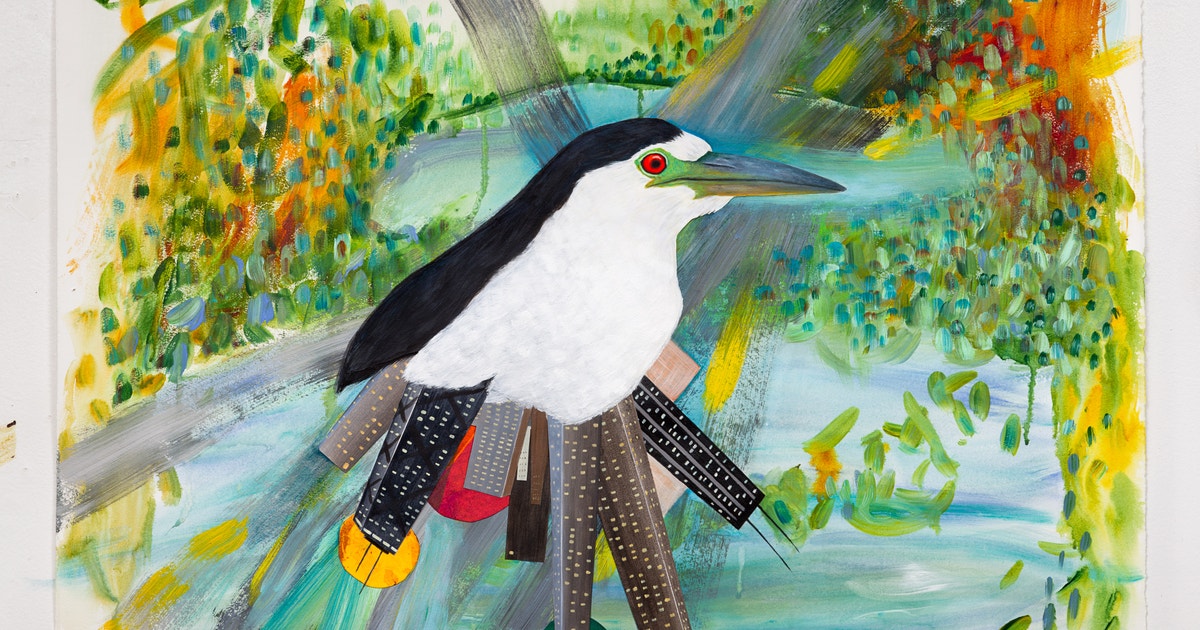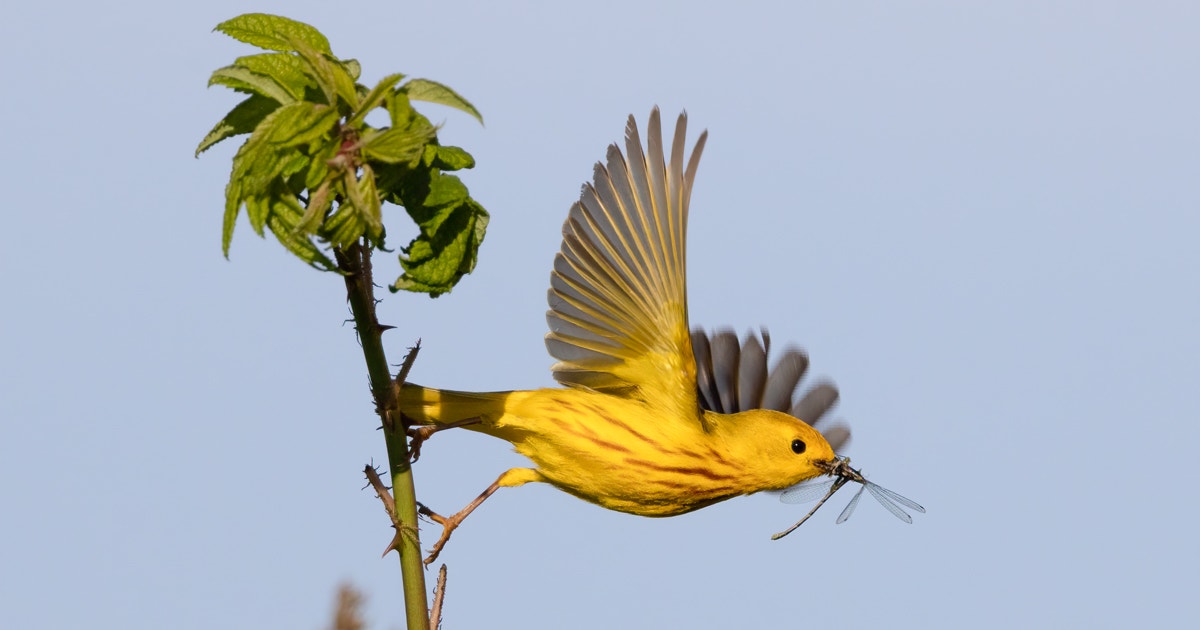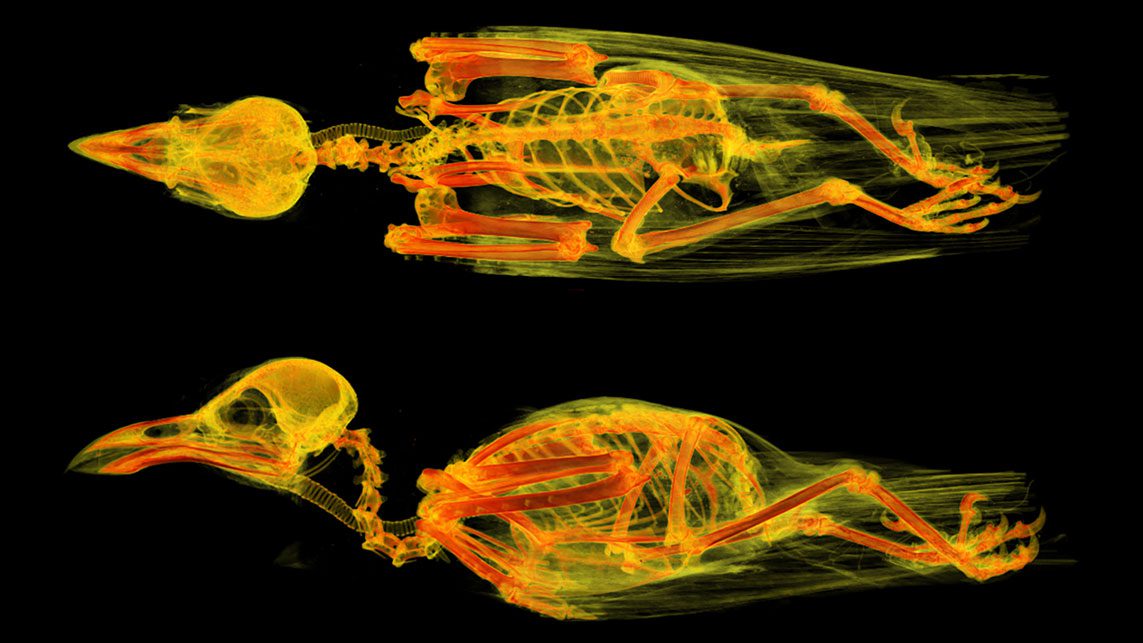From the Summer 2024 issue of Living Bird magazine. Subscribe now.
How many bird species exist in the world today? The answer, it turns out, is far from simple. New species get discovered every year, and sadly some go extinct, but counting the number of birds in the world starts with a more basic question: What bird checklist do you use for counting? The Clements Checklist of Birds of the World currently lists 11,017 species, whereas the HBW/BirdLife International checklist has 11,524 species.
Those discrepancies arise from the different ways that various lists define a species, and it can make matters confusing for birders. In Mexico, for example, there is a bird called Rufous-backed Wren according to the International Ornithological Congress and BirdLife checklists, but it doesn’t show up on eBird (which uses the Clements checklist, maintained by the Cornell Lab of Ornithology).
Those species-name mismatches can have real-world consequences when it comes to identifying the birds most at risk of extinction.
“In trying to protect birds at a global scale, it is important to ensure that everyone is talking the same language and the data matches,” says Marshall Iliff, an eBird project leader at the Cornell Lab. Iliff notes that laws and treaties used to protect species don’t work as well when there isn’t consensus on species names.
“If different agencies involved in conservation of biodiversity use different names, then not only is there the chance of misalignment of resources, but also confusion on what needs to be protected,” says ornithologist Les Christidis, dean at Southern Cross University in Australia.
Christidis is chair of a global consortium of ornithologists who started work in February 2021 to solve the species-list-mismatch problem by building a unified global bird checklist. The working group of ornithologists and taxonomists from 11 different institutions (including the Cornell Lab) formed under the International Ornithologists’ Union, with a mission to reconcile the differences among the Clements, International Ornithological Congress, and BirdLife International checklists. The group meets monthly to consider questions and classifications across a master list of well over 11,000 potential bird species—pondering and debating over a dizzying array of names, nuances, and spreadsheets.
At its core, the working group sleuths out irregularities much like a detective. “Taxonomy,” says Christidis, “is full of problems that need solving.”
The problem-solving for this group starts with finding agreement on a common species concept. More than 25 different rules for what can be considered a species have been put forth by scientists since Swedish biologist Carl Linnaeus first established the field of taxonomy in 1735 by introducing a system for classifying organisms. Today the prevailing view among bird taxonomists is the biological species concept, which was first proposed by German-American ornithologist Ernst Mayr in 1942. The biological species concept relies on evidence of reproductive isolation—for example, a group of birds that only breed among themselves due to a barrier such as a mountain range separating populations. But clearly defining a species still isn’t so simple even under the biological species concept. Additional factors such as physical traits, geographic location, voice, and genetics all play a role in determining what constitutes a species.
That’s why the working group employs an “integrative species concept.” According to Christidis, the integrative species concept “looks at all areas of evidence to make an assessment, including morphology [what a species looks like], behavior, ecology, genetics, phylogenetic relations [species relationships on an evolutionary tree], time since divergence based on genetics, biogeographical distributions, and of course any evidence of reproductive isolation.”
The working group’s debates over species status often go beyond poring through research on evolutionary trees to analyzing sound recordings of breeding songs, inspecting museum specimens for plumage differences, and considering the latest DNA research via genome sequencing. Decisions for the unified checklist are ultimately made by a vote from eight of the working group members.
“It’s work, but it’s fun,” says Pam Rasmussen, one of the Cornell Lab scientists on the working group, who has studied the taxonomy of Asian birds for more than 40 years.
One Species or Two?

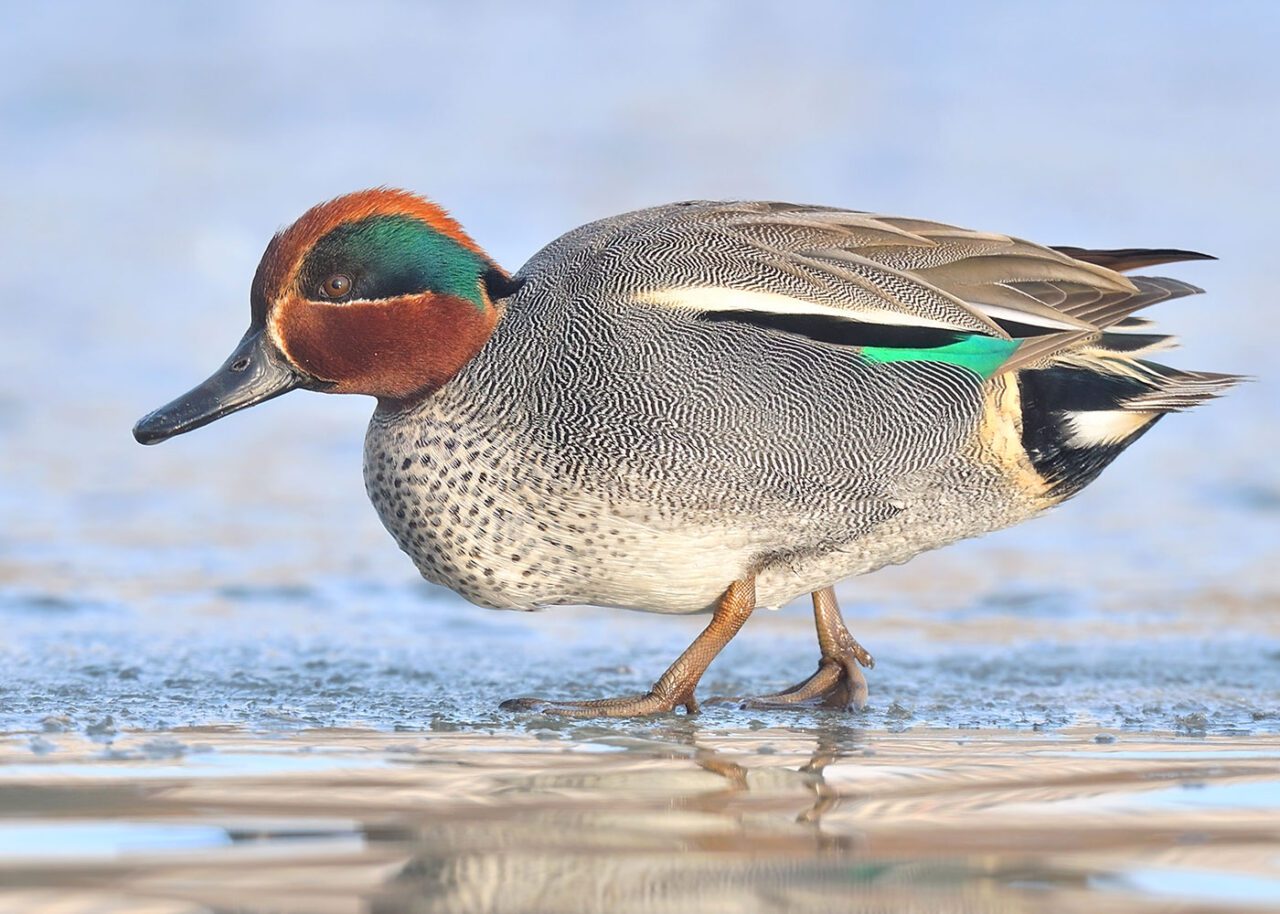
According to the International Ornithological Congress checklist, there is a Green-winged Teal on one side of the Atlantic Ocean and a Eurasian Teal on the other, in part due to plumage differences. But the Clements checklist categorizes these teals as one species (with two subspecies), because they hybridize in areas where their ranges overlap.
The Green-winged Teal was one of the first species that the working group sought to reconcile. According to the Clements and BirdLife checklists, the Green-winged Teal is one species (Anas crecca). But the International Ornithological Congress calls the teal that occur in Eurasia the Eurasian Teal (Anas crecca) and those in North America the Green-winged Teal (Anas carolinensis).
At first the group voted to split the teal into two species, due to genetic and plumage differences. The North American teal has a vertical white stripe down its side and a darker breast than the Eurasian teal. However, new DNA analyses suggest that gene flow between the North American and Eurasian populations is higher than initially thought, which would make a case for a single species.
“Ideally,” says eBird’s Iliff, “the group will reevaluate and come to an agreement. But it’s edge cases like these that will be a test for the group to see if we can find a global consensus.”
As of now, the working group is planning to reach consensus on all the species debates and release a new global avian checklist in early 2025. But even then, the group’s work will continue, with annual reviews similar to the yearly taxonomy update to eBird species lists. New scientific research will continue to be published that sheds even more light on the evolutionary relationships of birds, and the birds themselves will keep changing, too.
“Evolution,” says Rasmussen, “is a work in progress.”

